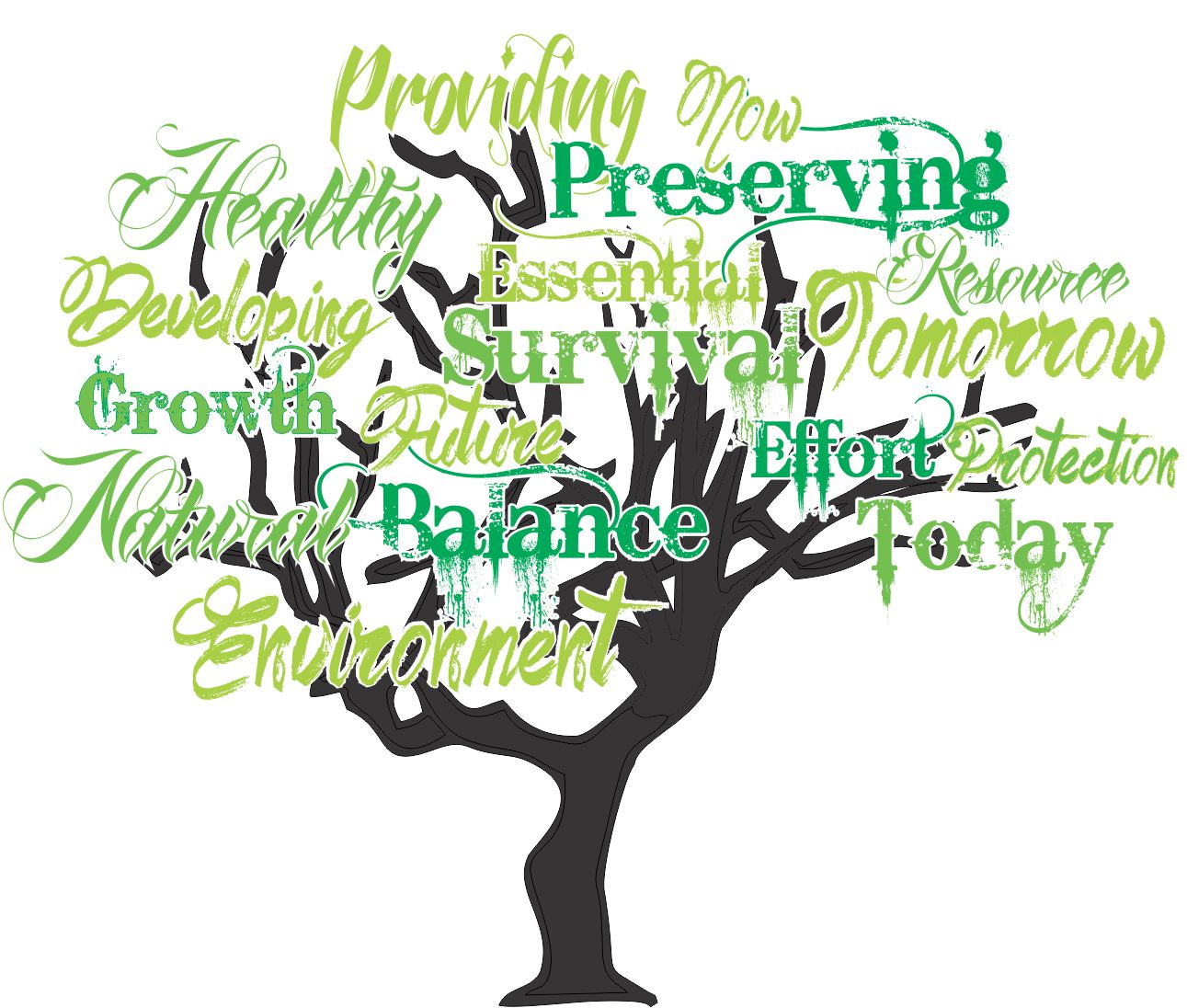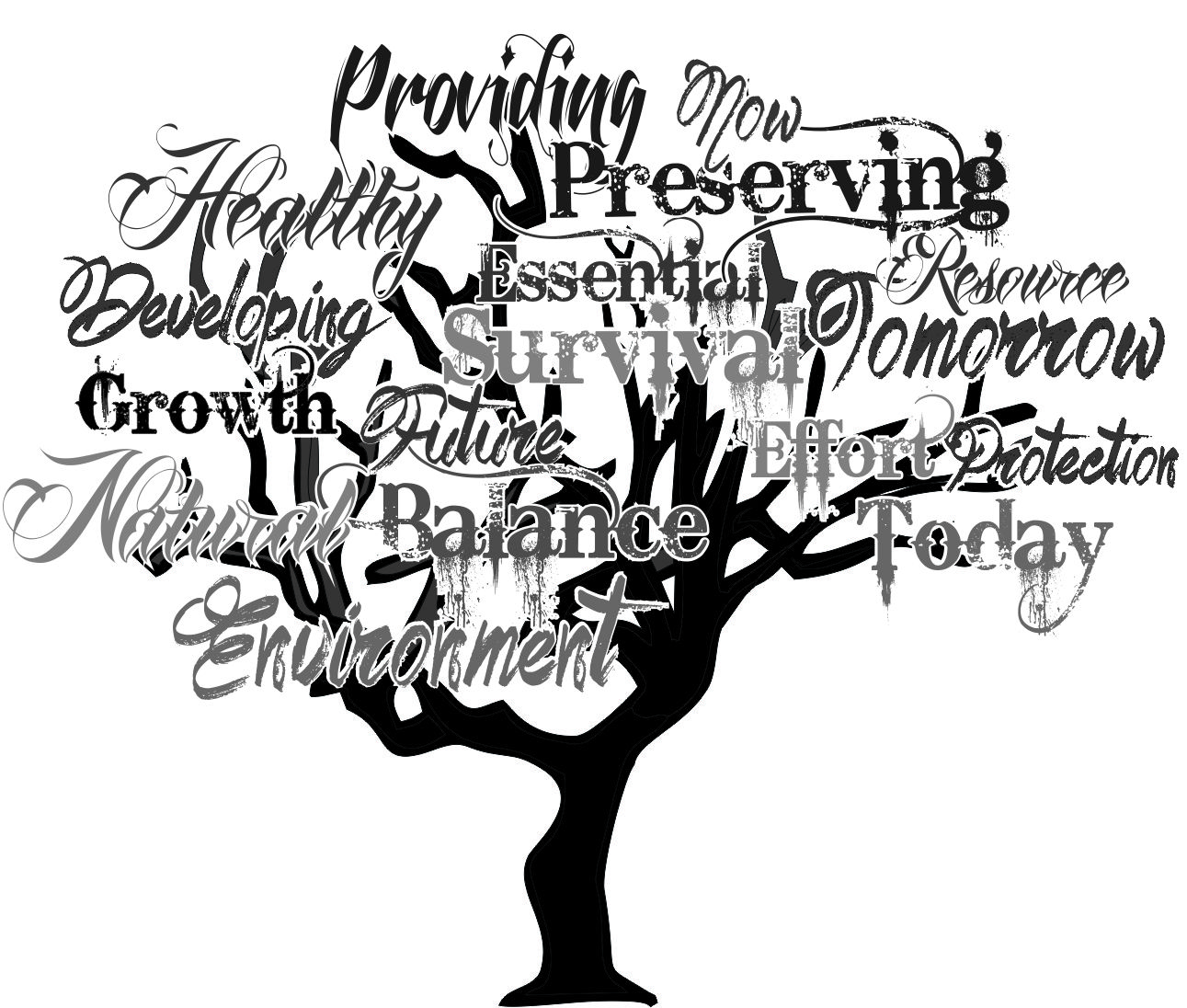
Environmental
Overview: Appropriate consideration and due diligence is at the core of our Contaminated Sites and Land Remediation services. We offer contaminated sites assessment, investigation and remediation management services. These measures are most often applied on commercial properties prior to acquisition, sale, divestiture, lease or financing. The same methods may be applied to any area where soil, water, groundwater and, or soil vapour contamination is a concern.
Stage 1 – Preliminary Investigations
Stage 1 Preliminary Site Investigation (PSI): Also referred to as a Phase 1 Environmental Site Assessement (ESA) is a method used to assist in determining potential environmental liabilities due to contamination on a site or property. This process involves a detailed review of land uses and history including a site visit, record searches, personal interviews and the evaluation of related information and reporting. This information is compiled and used to determine the potential of impact on a site due to contamination.
Stage 2 – Preliminary Investigations
Stage 2 Preliminary Site Investigation (PSI): Also referred to as a Phase 2 Environmental Site Assessment (ESA) these investigations involve environmental sampling and analysis to determine the degree of contamination and characterize the type of contaminant(s).
Detailed Site Investigations (DSI)
Detailed Site Investigations DSIs are used to delineate and characterize contaminant impacts to soil, groundwater and soil vapour. DSIs are undertaken after contamination has been identified through previous investigations such as a Stage1 & Stage 2 Preliminary Site Investigation (Phase 1 & Phase 2 Environmental Site Assessment). Prior to initiating remediation of a sites soil, groundwater or soil vapour, a DSI will provide the necessary information to prepare a remediation plan. Tsolum and Tsable Environemental Ltd. will prepare a detailed site investigation methodology to suit your site specific conditions.
Typical investigation methods include borehole drilling and well installation to acquire subsurface soil, groundwater and soil vapour samples for laboratory analysis. DSI field data and laboratory results are synthesized into a professional report that will meet applicable provincial or federal regulations.
Site Remediation
Site Remediation is most often required when sites have contamination of soil, groundwater or soil vapour at levels above regional environmental standards. In BC the most common standards of comparison are defined in the BC Contaminated Sites Regulation (CSR).
Site Remediation is usually undertaken after preliminary (PSI) of detailed (DSI) assessments to outline and characterize site contamination.
Land Remediation management means we will work with you to find the best solutions for your project site. While our multidisciplinary team of staff and associates are well versed in standard remediation measures, we are always looking forward to innovative and effective options to integrate into our solutions toolkit.
Every remediation site presents its own unique set of challenges and opportunities. Should you have a project in mind or questions you would like to ask; please feel free to contact us.
Underground Storage Tank Removal
Many homes built before 1957 were originally heated with furnace oil. When natural gas became available, the oil storage tanks, which were normally located underground in backyards, were filled with sand or capped.
However, as these unused buried oil tanks start to corrode and rust, the remaining oil can leak out and flow onto the rest of the owner’s property, the neighbour’s property, storm sumps and waterways, resulting in contamination of soil and water. Apart from the negative financial impact on the market value of the property, the owner can face substantial legal liability under various statutes and bylaws for such contamination.
The B.C. Fire Code and bylaws of 12 municipalities all essentially require that out-of-service underground oil storage tanks (USTs) be removed and that all contaminated soil must be removed and replaced with clean fill.
Riparian Areas Regulation (RAR) Assessments
Riparian areas link water to land. They border streams, lakes, and wetlands. The blend of streambed, water, trees, shrubs and grasses in a riparian area provides fish habitat, and directly influences it.
Protecting riparian areas, while facilitating urban development that embraces high standards of environmental stewardship, is a priority for the Government of British Columbia. Good quality streamside habitat is essential for ensuring healthy fish populations.
The Riparian Areas Regulation (RAR) was enacted under Section 12 of the Fish Protection Act in July 2004. It calls on local governments to protect riparian areas during residential, commercial, and industrial development by ensuring that a Qualified Environmental Professional (QEP) conducts a science-based assessment of proposed activities.
Purpose of the Riparian Areas Regulation
The purpose of the Regulation is to protect the many and varied features, functions and conditions that are vital for maintaining stream health and productivity, including:
- Sources of large organic debris, such as fallen trees and tree roots;
- Areas for stream channel migration;
- Vegetative cover to help moderate water temperature;
- Provision of food, nutrients and organic matter to the stream;
- Stream bank stabilization; and
- Buffers for streams from excessive silt and surface run-off pollution.
Water Quality Assessments
Water quality is determined by assessing three classes of attributes: biological, chemical, and physical. There are standards of water quality set for each of these three classes of attributes. The national standards for drinking water are developed by the federal government’s Environmental Protection Agency (EPA). All municipal (public) water supplies must be measured against these standards.
Environmental Water Sampling
The safety and protection of our water sources is of paramount importance to our society today. We offers a full range of tests geared to measure water quality in a variety of situations. Tsolum Environmental has designed testing packages for drinking water quality, groundwater monitoring, industrial wastewater characterization and surface water quality. Our battery of tests include inorganic parameters such as heavy metals, major ions and trace metals. Numerous tests are used for water quality including Microbiological tests such as E.coli that are critical in determining drinking water quality.
Combining our capabilities in chemical, ultra-trace (HRMS), microbiological, radiological and toxicity-based tests allows us to offer a complete service for drinking water, groundwater, surface and wastewater analysis.
We also offers Legionella analysis, which is necessary to comply with provincial regulations. Legionella is common in many environments and can cause serious illness, so it is imperative to use a trusted laboratory when testing for it.
Organic water quality tests include volatile organics such as BTEX as well as semi-volatile organics like PCB’s, Dioxin and Furans, Resin and Fatty Acids and PAH’s. A full range of toxicity tests are available to supplement chemical analysis.
Our water quality testing packages are designed to meet local regulatory requirements for analytical methods, detection limits and reporting processes. Tsolum also maintains laboratory accreditation as required for water quality analysis.

About Us

We are a safety-conscious, Canadian owned and operated multidisciplinary consulting firm focusing on ecologically-based service. We offer complete range of services including all aspects of indoor air quality; hazardous and occupational hygiene services.
Contact Us
Courtenay
800A 8th Street
Courtenay, BC V9N 1N8
Phone: (250) 871-8638
Nanaimo
Phone: (250) 585-2261
Fax: (250) 585-3374
2213 Northfield Rd.
Nanaimo, BC V9S 3C3
Victoria
Phone: (250) 590-8638
Fax: (250) 590-8628
907 Esquimalt Rd.
Esquimalt, BC V9A 3M7